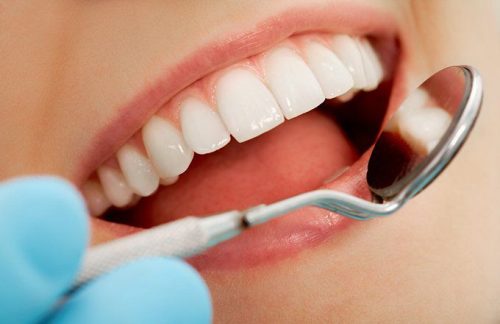The dental insurance policy you select will determine the extent of coverage you’ll receive for your treatment. Many dental plans come with a deductible, the amount you must pay out of pocket before your insurance will begin to cover costs. This deductible is usually set at $50 for individuals or $150 for families. Most dental plans also cap payments at $1,000 or $2,000 per person per year. Anything above the cap is your responsibility. Make sure to read the small print and check with your insurance agent to determine if your policy covers dental procedures.
You’ll also want to learn how to choose between different types of plans. Some programs pay a predetermined percentage of the total cost of dental care. Others pay a fixed dollar amount per visit, usually 20 percent of the total. In some cases, you’ll even be able to select your own dentist, and most direct reimbursement plans allow you to select which dentist you’d like to see. Many of these plans also allow you to choose a dentist, which is a positive in the long run.
When evaluating dental plans, remember to ask about their deductibles and annual maximums. While some plans do not have a deductible, they often have high copayments or deductibles. These deductibles and copayments can add up over time. You might not be able to choose the dentist you’d like to see, and you may have to travel farther to get to one in a network. On the other hand, dental HMOs offer lower premiums and simpler fee structures.
Regardless of whether you choose a dental plan, you’ll need to know what each one covers. Some plans cover routine dental examinations and charting of teeth. You’ll need to schedule an appointment with a dentist if you have more than two teeth affected by carious lesions. Some plans also require you to undergo a waiting period before receiving services. During this time, you can expect your insurance to cover a portion of the cost for these preventative treatments.
If you are concerned about cost, dental insurance can help you pay for routine care. The vast majority of dental procedures are preventive, and therefore cost less than the cost of more expensive procedures. This is why many dental insurers structure their plans to cover 80% of basic dental care. The remainder of the cost is your responsibility. If you’re seeking a major dental procedure, however, you may be required to pay a high deductible or an out-of-pocket maximum.
Most dental plans include some form of routine care, including cleanings, x-rays, and a variety of other preventive services. While many of these services are covered, they don’t cover temporary dentures or appliances. Other procedures that may not be covered by your dental insurance policy include: crowns, bridgework, and inlays. However, you may have to pay more out of pocket for temporary dentures or sedative fillings.
